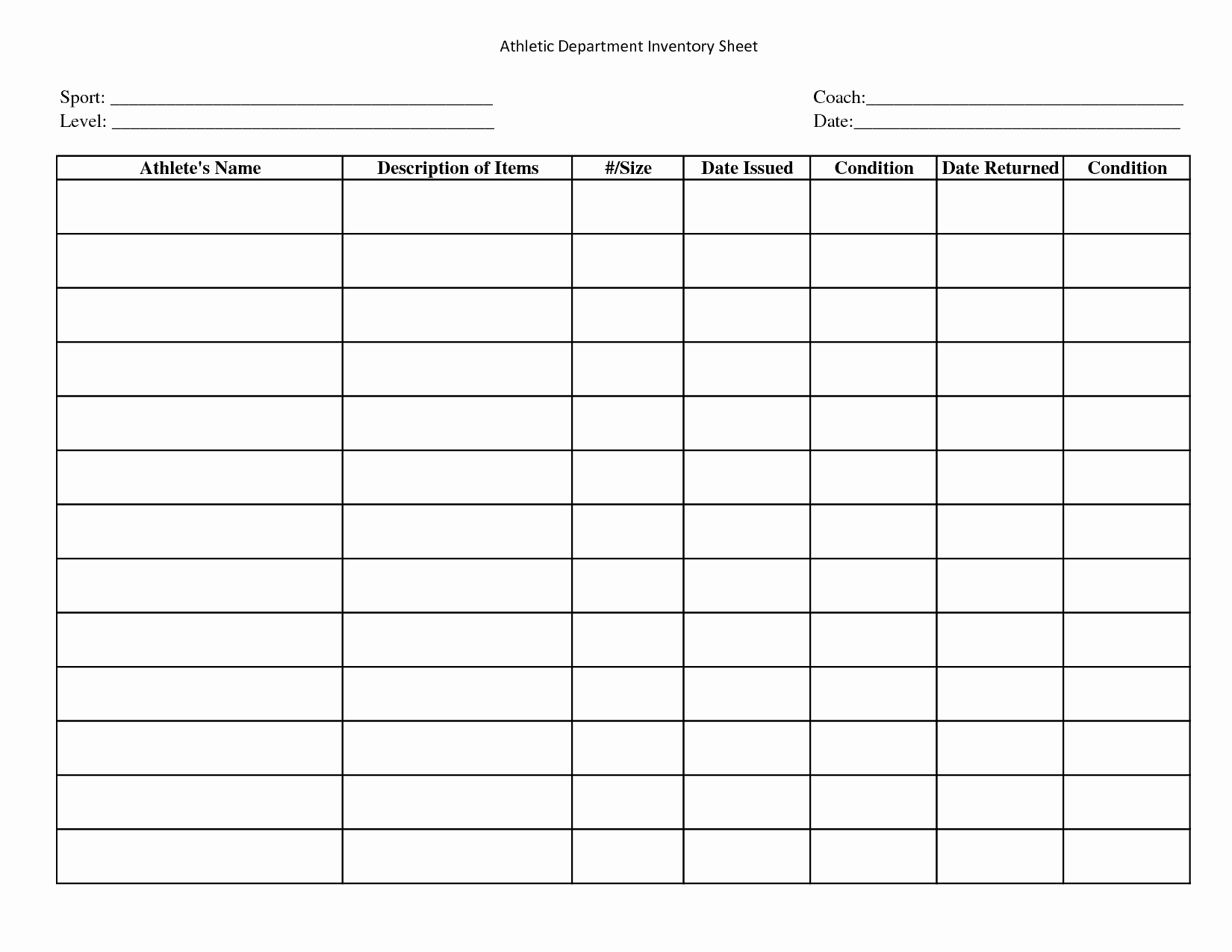
A single bad food cost percentage day may not be anything to worry about as supplies charged against that day may not have been entirely used that day. The daily cumulative food cost record will quickly indicate if daily food costs are getting out of hand. The costs and sales of the rest of the month are entered in the same way as on the second day. The value of Column I is determined by dividing Column E by Column G. Similarly, Column G is the sum of the previous day’s Column G and today’s Column F. Column E is the sum of the previous day’s value in Column E and today’s value in Column D.

The cost of transferred food should be deducted from the basic food cost figure. This is really an expense of the bar and should not be considered a kitchen expense. In some restaurant and hotel operations, food is transferred to the bar where it is served as as hors d’oeuvre to promote the sale of alcoholic beverages. Again, this expense cannot be ignored, but should be included as a different type of operating expense. The deduction made, remember, is not the menu price but the actual cost of the food to the operation. These include “2 for 1 specials,” coupon discounts, and other promotions. Promotional expenses are also subtracted from the basic cost of food figure. The cost of employee meals should not be ignored, but it might better be considered a labour cost and not a true food cost. For example, if employees are fed or are given a significant discount, the food cost for these meals is usually subtracted from the total found by the basic food cost formula. Some food inventory is used for purposes other than generating direct sales. Adjusting (Credits and Transfers) the Evaluation of Food Costs The information needed to accurately assess the value of inventory is obtained from daily receiving reports (that is, purchases), perpetual inventory cards (that is, inventory records that indicate what is in storage and what supplies have been removed from storage at the request of the kitchen), and by doing a physical inventory.

The value of the inventory is the critical component in deriving an accurate cost figure from the basic formula given above. For example, if opening inventory is $10 000 and purchases amount to $7500, and the closing inventory (which is also the beginning inventory for the next month) is $9000, then the basic cost of food is:Ĭost of food = opening inventory + purchases − closing inventory


 0 kommentar(er)
0 kommentar(er)
